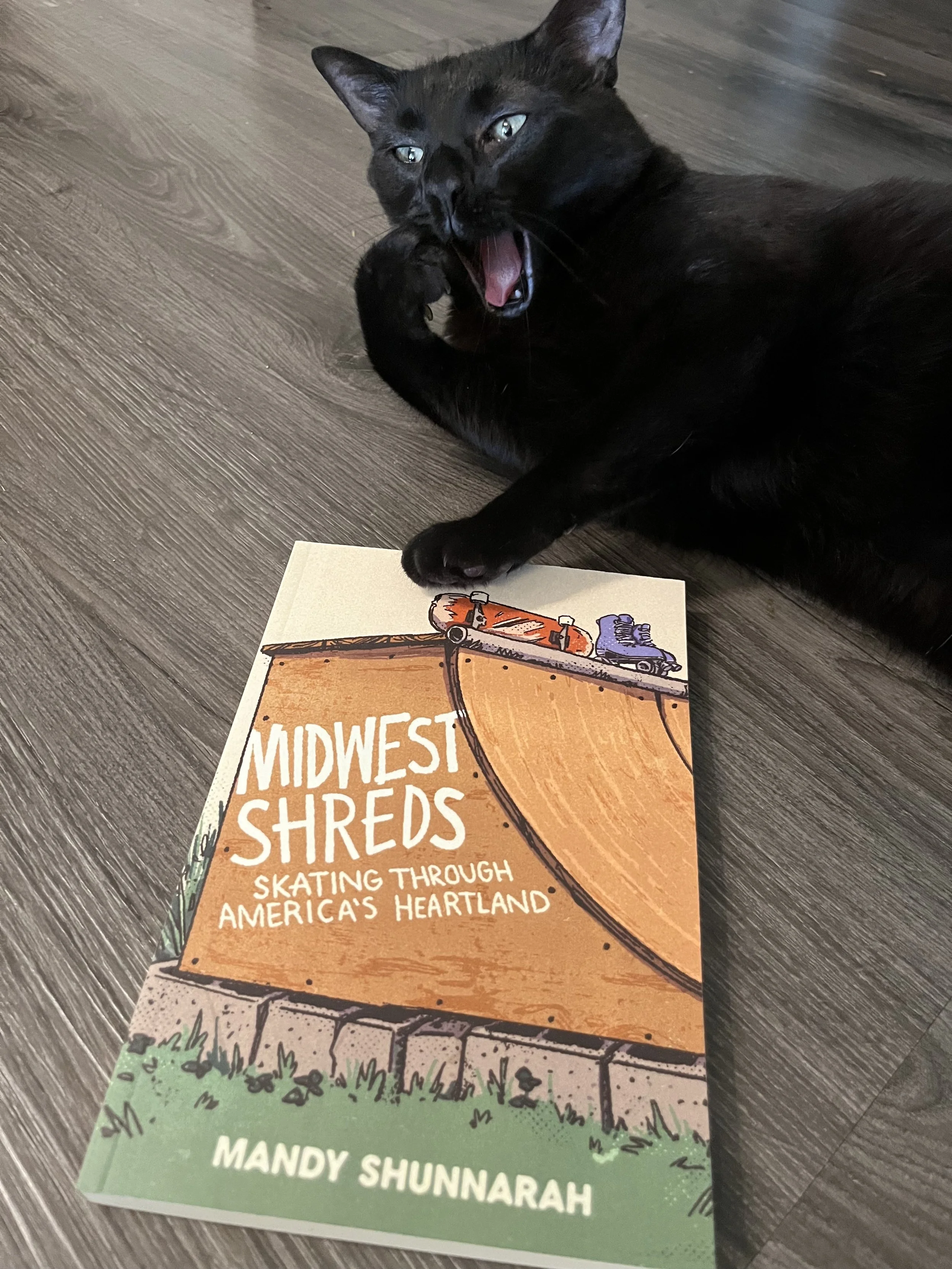Why Everything You Think You Know About Speed Reading is Wrong
The following is a guest post by Robyn Hammontree. Learn more about her at the end of this post.
If you’re like most book lovers I know, when you hear the words “speed reading," you cringe. You’d much rather take your time going through a novel—savoring every sentence, perhaps with a large cup of herbal tea. Speed reading, you think, would ruin the leisurely experience of reading for you. Why would anyone want to rush through a book? Well, I’m here to tell you’re thinking about speed reading all wrong. I love getting lost in a book as much as the next bibliophile, and I’d like to explain to you how speed reading can help you do that.
Before I explain the benefits of speed reading, I’d like you to do a brief exercise. Re-read the first paragraph and time yourself. I’ll wait…
Okay—that’s the amount of time it takes you to read 100 words. Now, try to re-read the paragraph taking TWICE as much time. So, if it took you 30 seconds to read it the first time, aim for one minute this time. I’ll wait again…
How did that feel? Was it hard to slow yourself down that much? Difficult to concentrate? One minute is about how long it would take an average middle schooler to read that paragraph. No wonder kids sometimes find reading boring, huh?
So, how can speed reading help you?
Speed reading gives you more time to absorb and re-read passages.
Often, when I talk to people about speed reading, they respond that they like to read books slowly and really absorb the material. Of course, that’s not what they really mean. What they mean is they like to read a sentence or paragraph and pause to think about it. They don’t mean they’re actually reading the individual words slowly. That would be boring and make it extremely difficult to concentrate. Thus, increasing your speed actually gives you more time to pause to think about passages, or to re-read them.
Speed reading helps build muscles.
Just like any other physical skill, reading requires strong muscles. If you don’t train your eye muscles to move across the page at a quick pace, you’ll find your pace slowing and plateauing. Occasionally pushing yourself to read faster, just like sprinting when training for a race, will help you break out of that plateau and read more quickly.
Speed reading helps you concentrate.
Do you ever get to the end of the page of a book and realize you don’t remember anything you read? That could be because you’re reading too slowly. This is often the reason that young people learning to read longer novels find reading boring. They’re reading so slowly (usually less than 150 wpm) that it’s like watching a movie in slow motion. Using a hand-eye tracking technique can help you stay concentrated when you’re tired or distracted, and help you move your eyes across the page at an even pace. This allows you to stay absorbed in the book and have a more enjoyable experience.
So, what’s the easiest way to add speed reading into your daily routine? A hand-eye tracking technique.
To do this, pretend you’re holding an egg in your dominate hand. Now, flip your hand over to make a straight line with your fingers on your dominate hand so that they underline the words on the page. Your hand should be relaxed and your fingers curled comfortably. Move your hand across the page. When you get to the end of the line, quickly move your hand to the next line without picking it up off the page. Try to make sure your arm is as loose and comfortable as possible when you do this so that your hand and arm can move quickly and fluidly. It might feel a little strange at first, but like anything, it will become easier with practice.
As you become more comfortable, push your hand faster. This will force your eyes to move faster, too. Occasionally, time yourself. You should find your speed and concentration increasing. If you use this technique enough, you’ll find that your speed increases even when you’re not using it as your eyes adapt to moving quickly.
It’s as simple as that! And what will be the best part of your newfound speed? You’ll read more books! Happy reading, folks!
Robyn Hammontree is a curriculum developer at the University of Alabama and was formerly at the Institute of Reading Development. She currently resides in Birmingham, Alabama with her husband, cat, and dog..

















